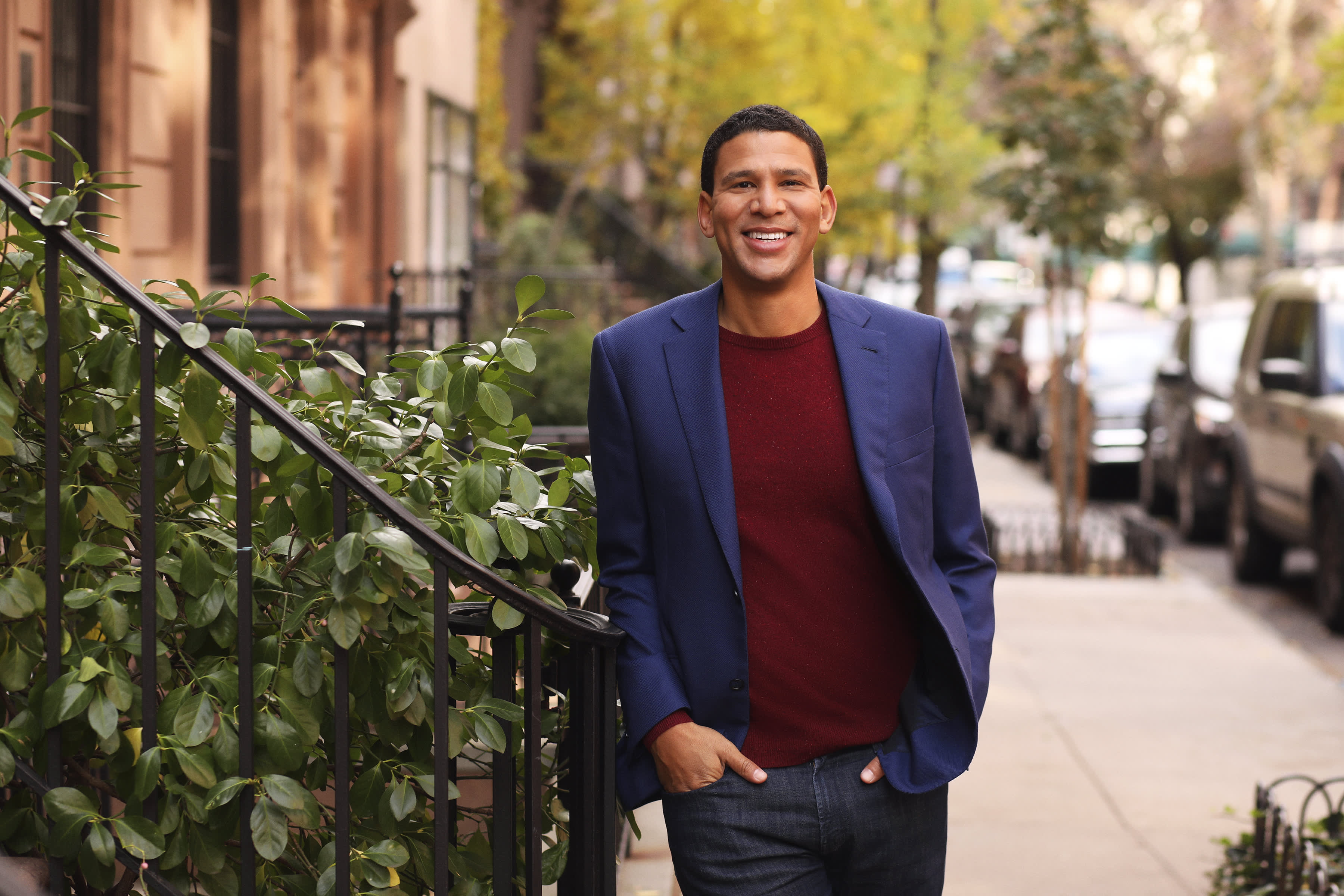| WED, MAY 26, 2021 
One day last spring, stuck inside and looking to escape the endlessly bad coronavirus news cycles, I downloaded TikTok, an app known for its viral dance videos. The app quickly cured my boredom — but 14 months later, my bank account has taken a bruising.
Like every other user, the app's algorithm has learned my likes and dislikes, and has started serving me increasingly appealing content. Where I've never felt the impulse to buy something served to me via static images on Instagram or Facebook, I soon found myself rushing to Etsy to buy $20 glass coffee mugs and a $40 milk frother after watching a TikTok of an at-home barista mix matcha lattes and lavender-infused cold brew with a similar setup.
Luckily for my ego, I'm far from alone: 49% of TikTok users said they've purchased something after seeing it advertised, promoted or reviewed on the app, according to a recent Adweek-Morning Consult survey, while 41% of users said they've purchased something after seeing it on Facebook. There's a reason #TikTokMadeMeBuyIt is so popular.
What makes TikTok especially potent is its hyper-specific algorithm, which curates your feed to your exact interests, says Amanda Utevsky, senior behavioral researcher at the Common Cents Lab at Duke University. That steady stream of tailor-made content can entice you to spend more, Utevsky says.
Plus, humans are easily swayed to do what other humans are doing, she says. When you see an influencer using or wearing something, "it taps into this social identity aspect of wanting and needing to fit your identity with people you look up to, people who seem to have their life together," she says.
TikTok creators know this: Head to the comment section, and many will list where they purchased every item in the video, directing followers to the Amazon shops conveniently linked in their user bios. Many are paid by brands to push products.
Users might also be more inclined to buy off of TikTok than another platform because the videos are short (often under 30 seconds) and personal, Utevsky says.
That a real person is crafting the videos, rather than a brand, is also powerful because consumers trust real people more, says Joy Liu, certified financial trainer at The Financial Gym, a money coaching service. The videos are a testimonial and a product demonstration in one. "That's really motivating," Liu says.
So far, my TikTok shopping habit isn't necessarily a problem — I'm lucky that an extra $60 on my coffee set-up isn't breaking the bank. But it can become an issue when the shopping habits become compulsive, or users start spending money they don't have and racking up debt. Here are four tips from Utevsky and Liu on curbing bad TikTok-influenced spending habits.
1. Add friction
When you shop online or through an app, the checkout process is nearly seamless now. Apps and websites store your personal credit card information, and Amazon even has a Buy Now button that can make purchases instantaneous.
To reduce impulse spending, add more friction back into the shopping process, Liu suggests. Remove your credit card information from websites; disable Apple Pay.
Needing to get up and get your wallet in order to make a purchase may be enough to deter you from doing so altogether. You want to make shopping as active as possible, adds Utevsky, rather than passively swiping and consuming.
2. Give yourself a break
Part of what makes TikTok potent for impulse shoppers is that everything happens so quickly on the app, Utevsky says. There's little time to think before you're onto the next video — and potentially the next must-have product.
To combat that, try instituting a rule that you have to wait 48 hours between adding something to your cart and checking out. It's "timeless" advice that really works, according to Utevsky, who follows the rule herself.
"Giving yourself a break calms down that emotional side of the brain that says, 'I need this right now,'" she says.
3. Unfollow or block with abandon
Videos and photos make spending and consumption visible, says Utevsky. What isn't visible is the influencer's savings account (in most cases — there are people on the app who showcase their savings and investments). Unfollow accounts that tempt you the most.
"I have had to do that with people I've never met, but they have led me to compare my life to theirs," Utevsky says. "Limit your interactions and views of the people who encourage those behaviors you know long term you don't want to be doing."
4. Be mindful
Finally, a fix can be as simple as limiting your screen time so you're not exposed to so many new products, Liu says. Or remove the temptation altogether by deleting the app.
More mindfulness in general can help you change your spending habits, Liu says. "Be aware that you're being sold stuff. That can help you not play into it."
If you have questions or concerns, or just want to say hi, you can email me at alicia.adamczyk@nbcuni.com, or find me on Twitter, @AliciaAdamczyk. Have a friend who might appreciate this type of content? Please forward it along!  Trending Articles from Make It
| |||||||||||||||||||||||||||||||||||||||||||||









Comentarios
Publicar un comentario